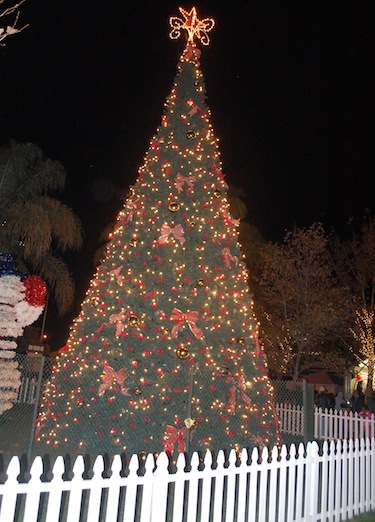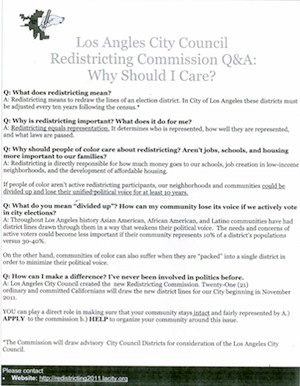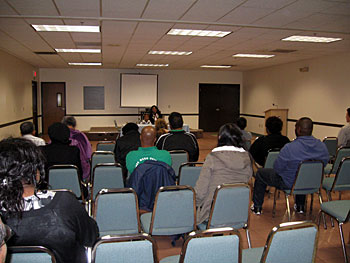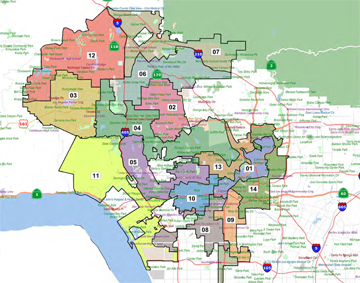 The opinions have been heard and the votes cast, but do you really understand the fuss over redistricting Los Angeles’ city council districts?
The opinions have been heard and the votes cast, but do you really understand the fuss over redistricting Los Angeles’ city council districts?
The redistricting commission sent official recommendations to the city council last week — a final map that included significant changes to South Los Angeles districts.
Public hearings on the maps will be held today at 4 p.m. at the Port of Los Angeles, Harbor Commission board room, tomorrow at 4 p.m. at the Van Nuys City Hall council chamber and Wednesday at the City Hall council chamber.
Before you head out to voice your opinion, read this simple Q&A with USC Professor of Political Science Christian Grose about what redistricting actually is and why it’s so important.
Intersections: What is the purpose of drawing new districts every ten years and what is the process supposed to achieve?
Professor Grose: There is a pretty general reason why districts are redrawn at the city, state, congressional levels and that is shifts in population. People move in to areas, people leave areas. Ever since the 1960s, a Supreme Court case has required that legislative districting be approximately equal in population.
City districts also try to achieve population equity standards. Districts are redrawn so that basically each voter is treated equally and that there aren’t some districts with relatively few people and some districts with lots of people.
Intersections: Are there other factors that play into the redistricting, such as wealth of an area, ethnic makeup or politics?
Professor Grose: There is no constitutional mandate regarding wealth of districts or anything of that sort. I know some of the complaints of the districts were that Jan Perry and Bernard Parks weren’t happy because the wealthier areas of their current districts were moved into other districts. That could have an impact representationally on the districts.
The population equity is the first thing that has to be done and the second thing is that voting rights needs to be followed — basically voting rights protections for minority groups that had previously experienced discrimination. They make every vote equal.
And of course, there are a number of other factors that come up like politics. This is a very political process and in the case of South L.A., [council members Jan Perry and Bernard Parks] were on the losing side of the redistricting commission so they have a pretty good right to complain because of the way the political maneuvering went on the commission. I know what’s definitely happened is that [Council President Herb] Wesson, who is the city council chair, his appointee and other members of the city council, have basically boxed out what Perry and Parks represent on the redistricting commission. So part of what is going on is just a power play at the city council level.
Intersections: You mentioned voter rights protections, what can an ethnic group benefit from being part of a majority-minority district?
Professor Grose: All the councils have an equal vote, so what matters is who is in the majority in each district and who is in a winning coalition within each district and who is in a losing coalition in each district.
But to take a step back, in L.A. it’s so multiethnic and multiracial that there are going to be numerous majority-minority districts — which is not the case when redistricting is done in other cities. Demographically the city is so diverse that you have a reasonable chance of having a majority-minority district in the city.
South L.A. is heavily African American and Latino. Depending on what part of South L.A., the districts are potentially going to be majority Black and majority Latino. Before this redistricting there were three districts that elected African American city council members, they were not African American majority districts, as far as I recall. So what’s going in South L.A., is districts are being drawn that are majority Latino plus majority African American, but not just one.
Intersections: What impact does moving districts have on voters and residents in a particular area? For example the parts of Downtown that have been moved out of Jan Perry’s District Nine?
Professor Grose: Any time there is significant redistricting there is a huge impact. A lot of the voters have gotten used to having Jan Perry and now a decent part of Downtown has been cut out of her district, so the voters there who may have wanted to keep her are going to have to learn about a new member of the council.
They’re going to have to interact with them and there is certainly a lot of learning that is going to happen with voters. So the loss is really the relationships that have already been established with the incumbent council member and the current voters — voters that have been shifted have to reconnect with new members of the council, existing coalitions that may have been established have to be worked out and so on.









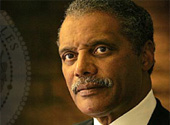 Today, Council President Herb Wesson
Today, Council President Herb Wesson  Ten years ago the Neighborhood Council system began to try to make city call more responsive to all parts of the city. Volunteers from all over Los Angeles dedicate their own time to tackling problems in their neighborhoods. They are people like Iona Diggs, who is on Chair of the Voices of 90037. Diggs was recently interviewed by Journalist Melissa Leu.
Ten years ago the Neighborhood Council system began to try to make city call more responsive to all parts of the city. Volunteers from all over Los Angeles dedicate their own time to tackling problems in their neighborhoods. They are people like Iona Diggs, who is on Chair of the Voices of 90037. Diggs was recently interviewed by Journalist Melissa Leu.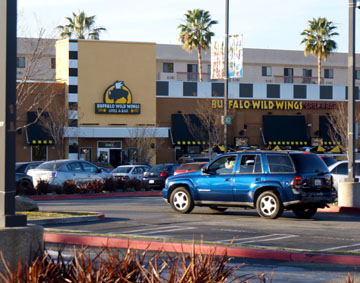 California employees and entrepreneurs were heartened by last month’s revelation that December marked a fifth consecutive month of a declining unemployment rate statewide. Los Angeles’ 8th City Council District, one of the poorest in the city, met the news with guarded optimism.
California employees and entrepreneurs were heartened by last month’s revelation that December marked a fifth consecutive month of a declining unemployment rate statewide. Los Angeles’ 8th City Council District, one of the poorest in the city, met the news with guarded optimism. 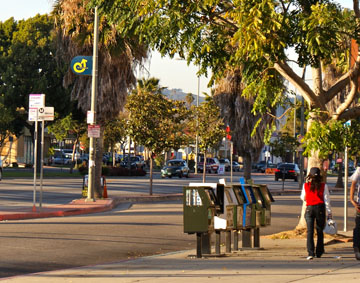 But Parks sees these jobs as the gateway to better employment down the road. “Every job is not a career,” he said. “Every job is not a life-long job. You move to another job. You develop.”
But Parks sees these jobs as the gateway to better employment down the road. “Every job is not a career,” he said. “Every job is not a life-long job. You move to another job. You develop.”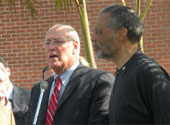 A commission appointed by the LA City Council prepared the redrawn maps to account for population changes since the last census. But the changes have outraged some councilpeople.
A commission appointed by the LA City Council prepared the redrawn maps to account for population changes since the last census. But the changes have outraged some councilpeople. Councilman Parks flips the switch that lit Leimert Park’s Christmas tree on Monday, November 28. (Photo: Walter Melton)
Councilman Parks flips the switch that lit Leimert Park’s Christmas tree on Monday, November 28. (Photo: Walter Melton)